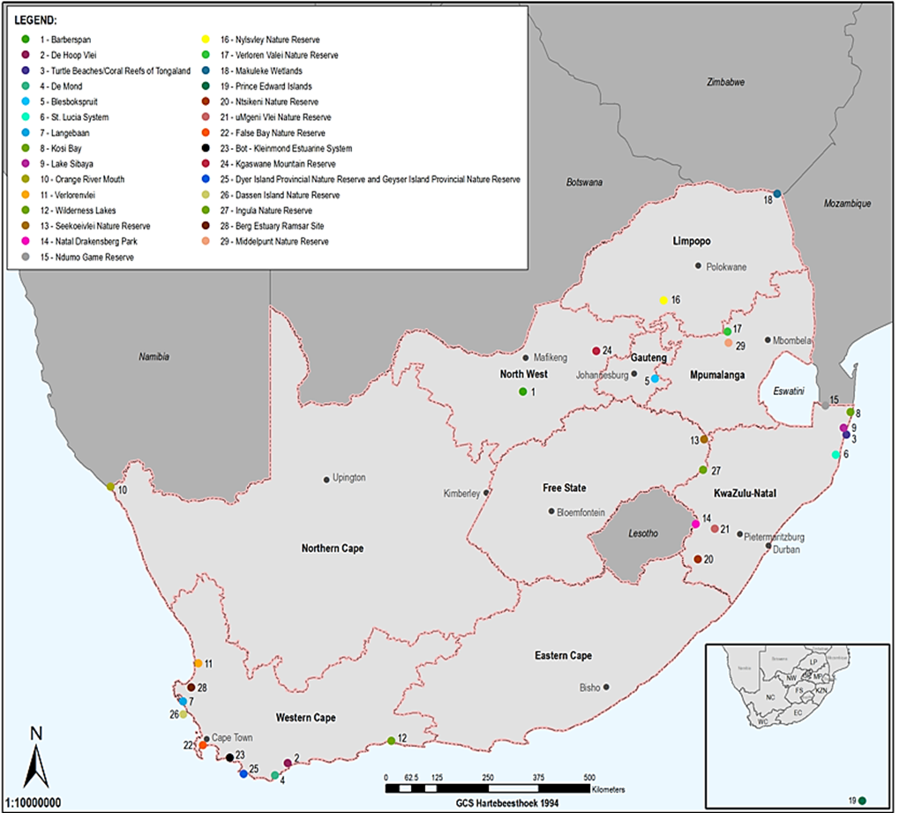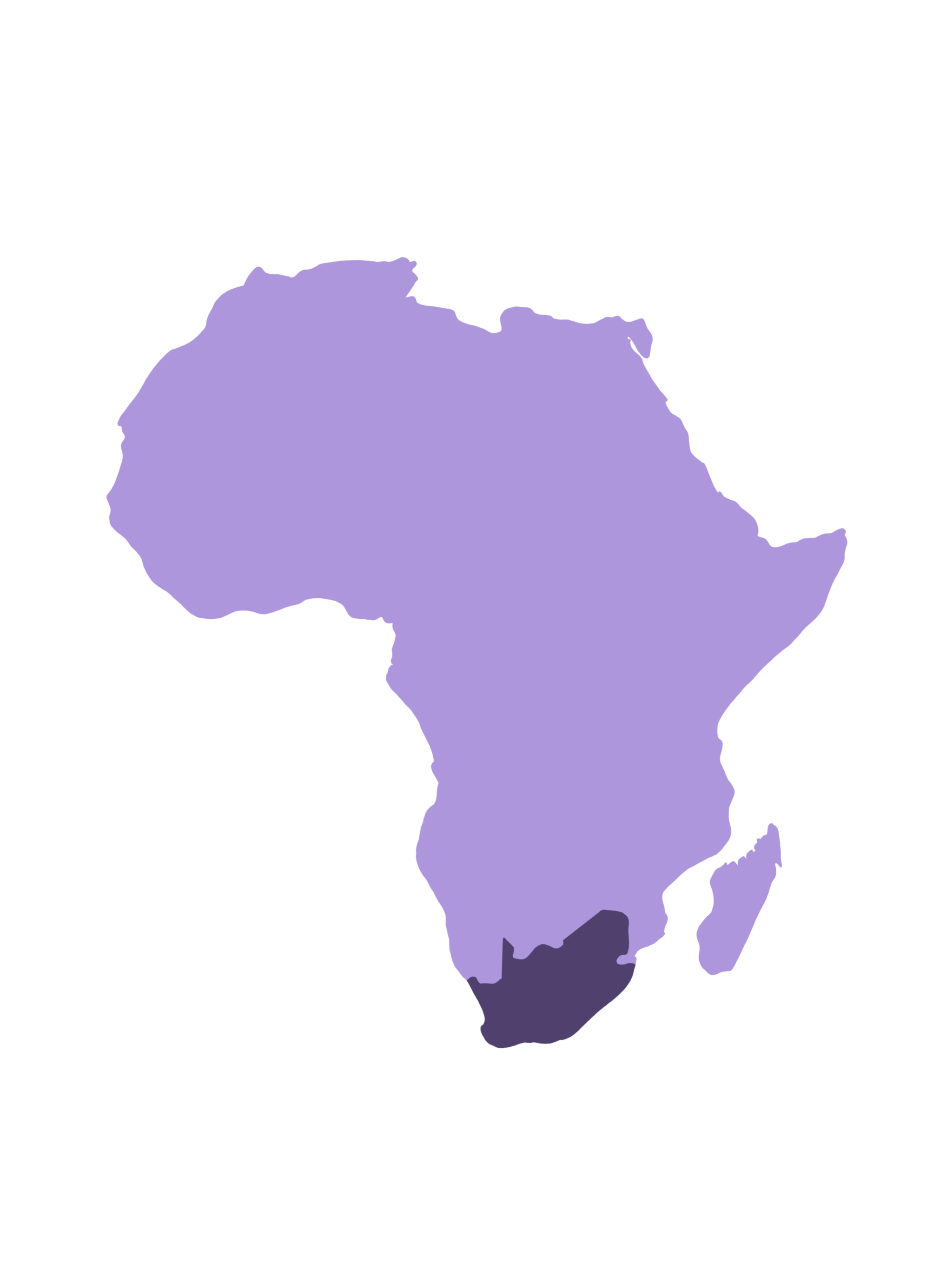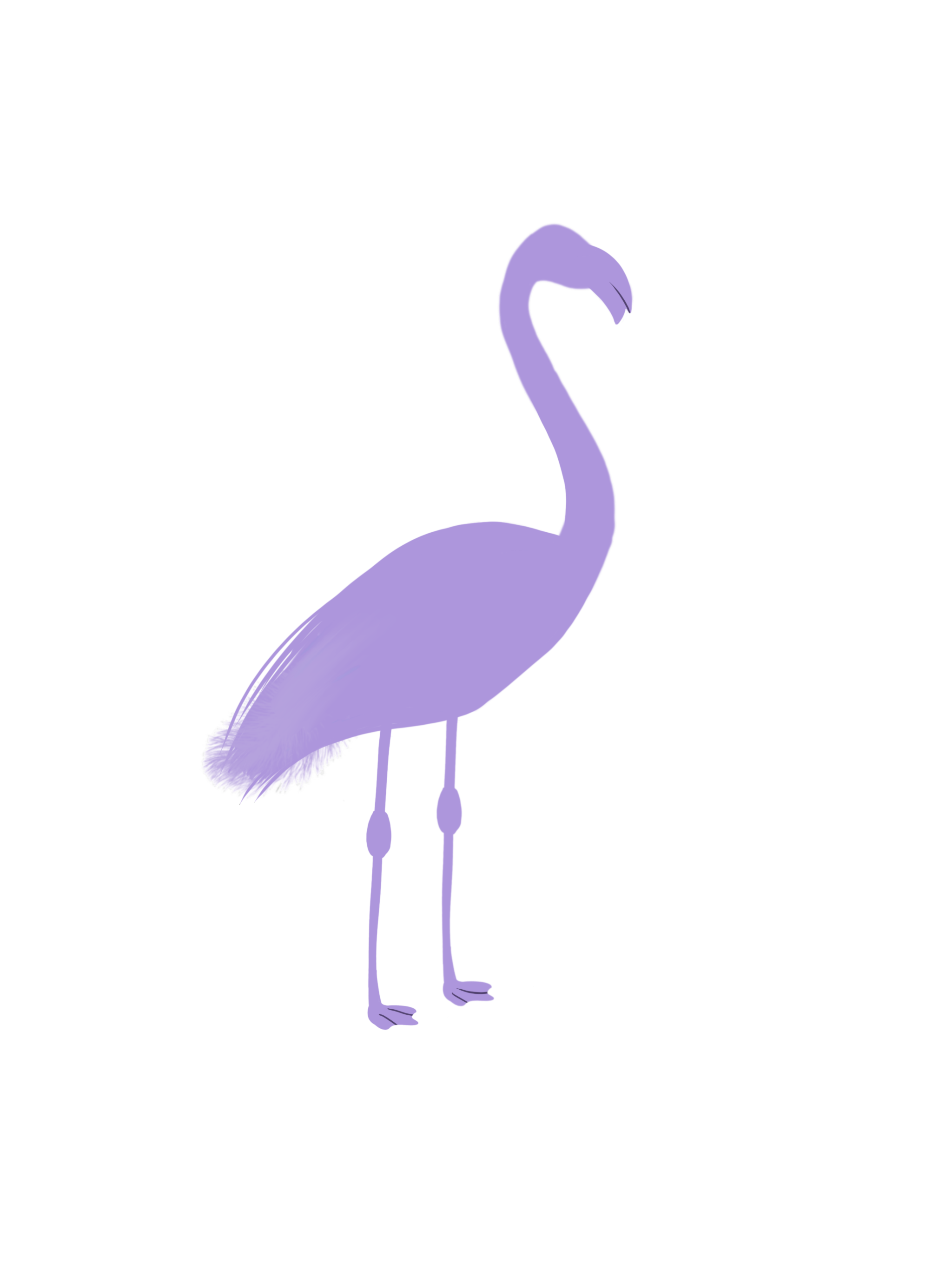Ramsar
The Ramsar Convention provides a framework for the conservation and wise use of all wetlands. South Africa currently has 29 Ramsar sites. Of these, 1 site is marine, 3 are islands, 10 are estuarine and 15 are inland wetlands. Overall, wetland condition of Ramsar sites is declining. The Convention applies nine criteria to facilitate the designation of Wetlands of International Importance (Ramsar Sites).

Recognising the critical importance of waterbirds to the biodiversity and ecological character of wetlands, Ramsar Criteria 5 and 6 identify sites that are internationally important for waterbird conservation because they support large numbers of waterbirds, while Criteria 4 identifies sites which provide critical life stage support to species, including waterbirds. Criteria 2 identifies sites that support Critically Endangered, Endangered and Vulnerable species, while Criteria 1 identifies Critically Endangered, Endangered and Vulnerable wetland types.

Summary of Waterbird Status per Ramsar Site
Research within the BIRDIE project led by Sol Plaatje University has resulted in an additional index, the Waterbird Conservation Value (WCV) index. This index sums the ratio of each species’ abundance to its published 1% threshold across all species to give an overall measure of the ‘value’ of the waterbirds at a wetland. Large values indicate that large proportions of the total populations of waterbird species are present at the wetland.
This table below is based on the abundance of the species in 2022 at the Ramsar site that are also CWAC sites.
Site level categories
| Category | Range | Description |
|---|---|---|
| 1 | 0-10 | Low index - site may support threshold populations for a few species; conservation value is low |
| 2 | 11-24 | Medium index - site supports important threshold populations for some species; conservation value is medium |
| 3 | 25-49 | High index - site supports important threshold populations for numerous species; conservation value is high |
| 4 | 50+ | Very high index - site supports significant threshold populations for numerous species; conservation value is significant |







